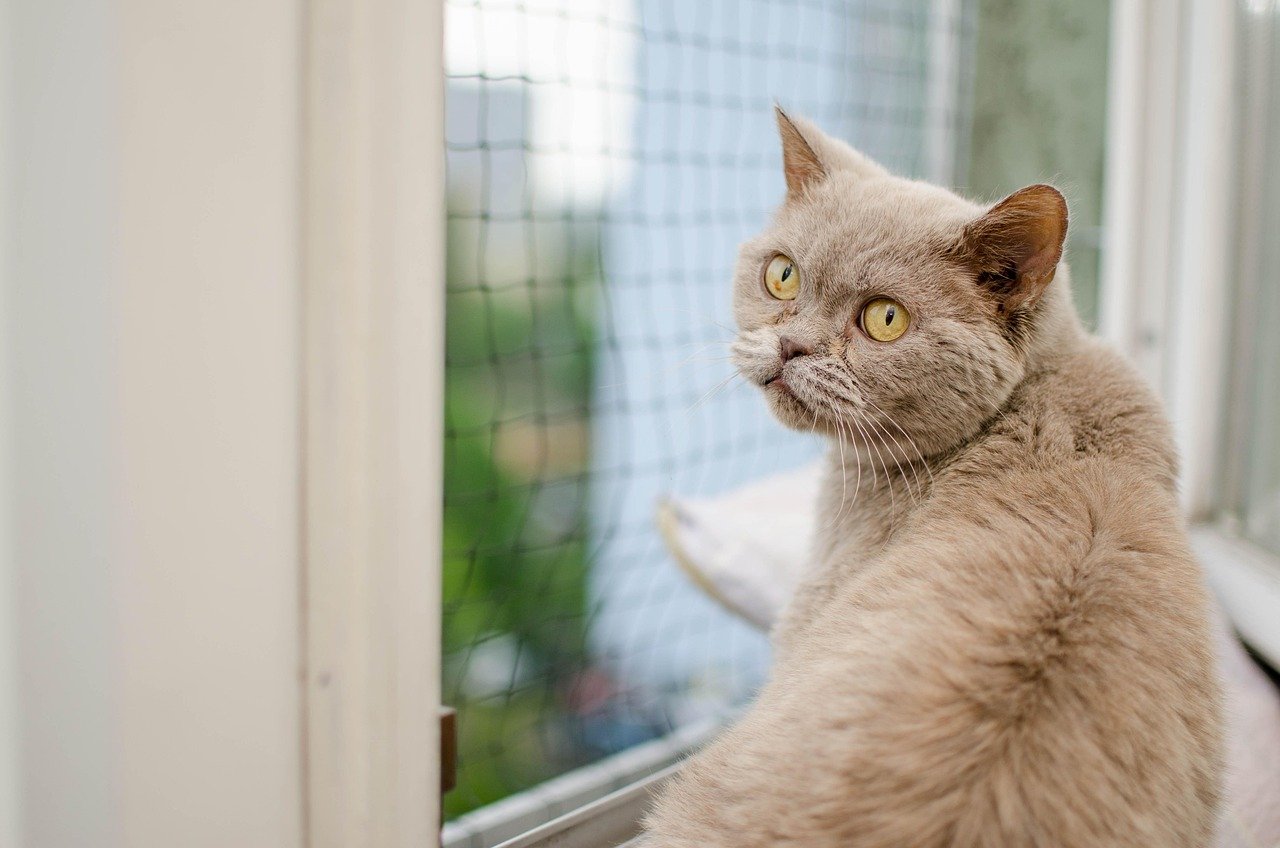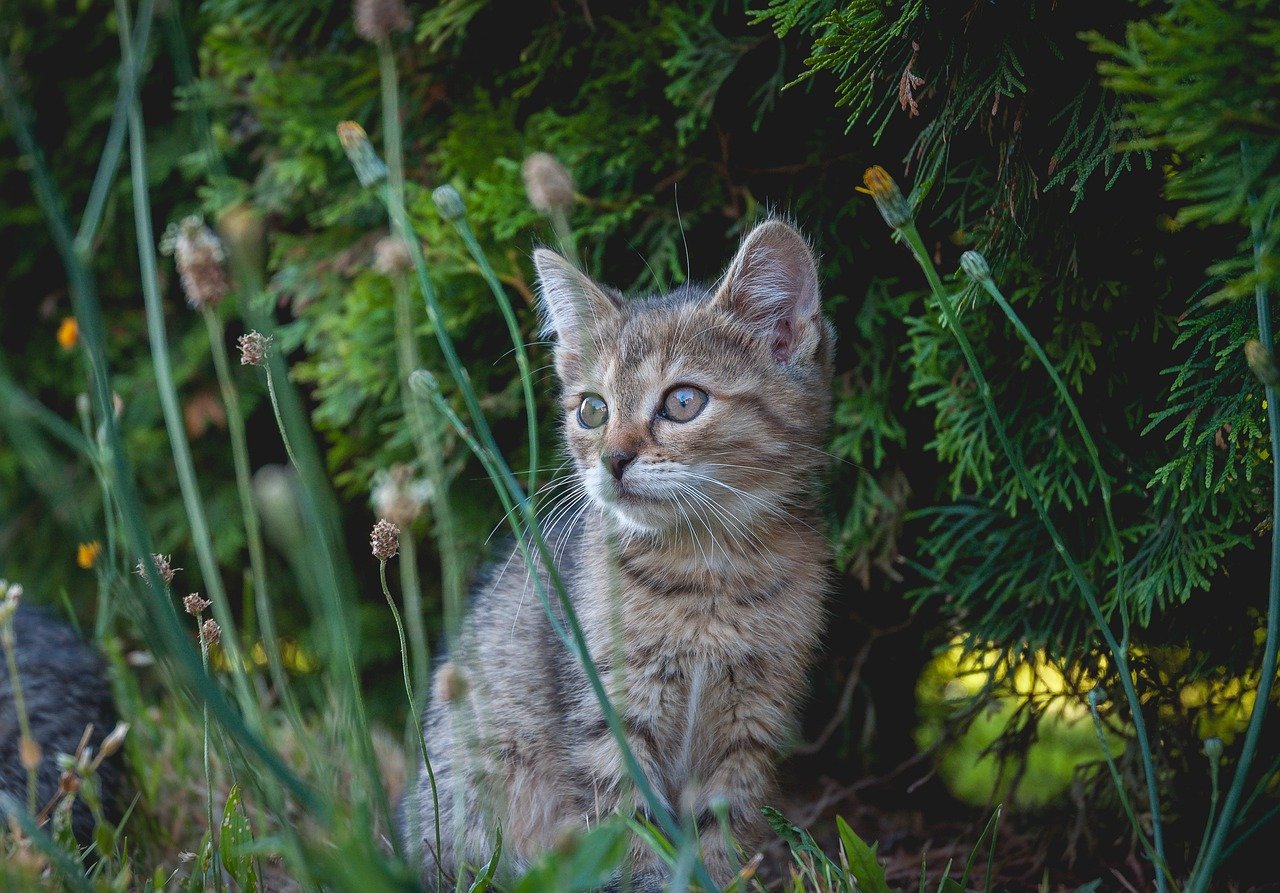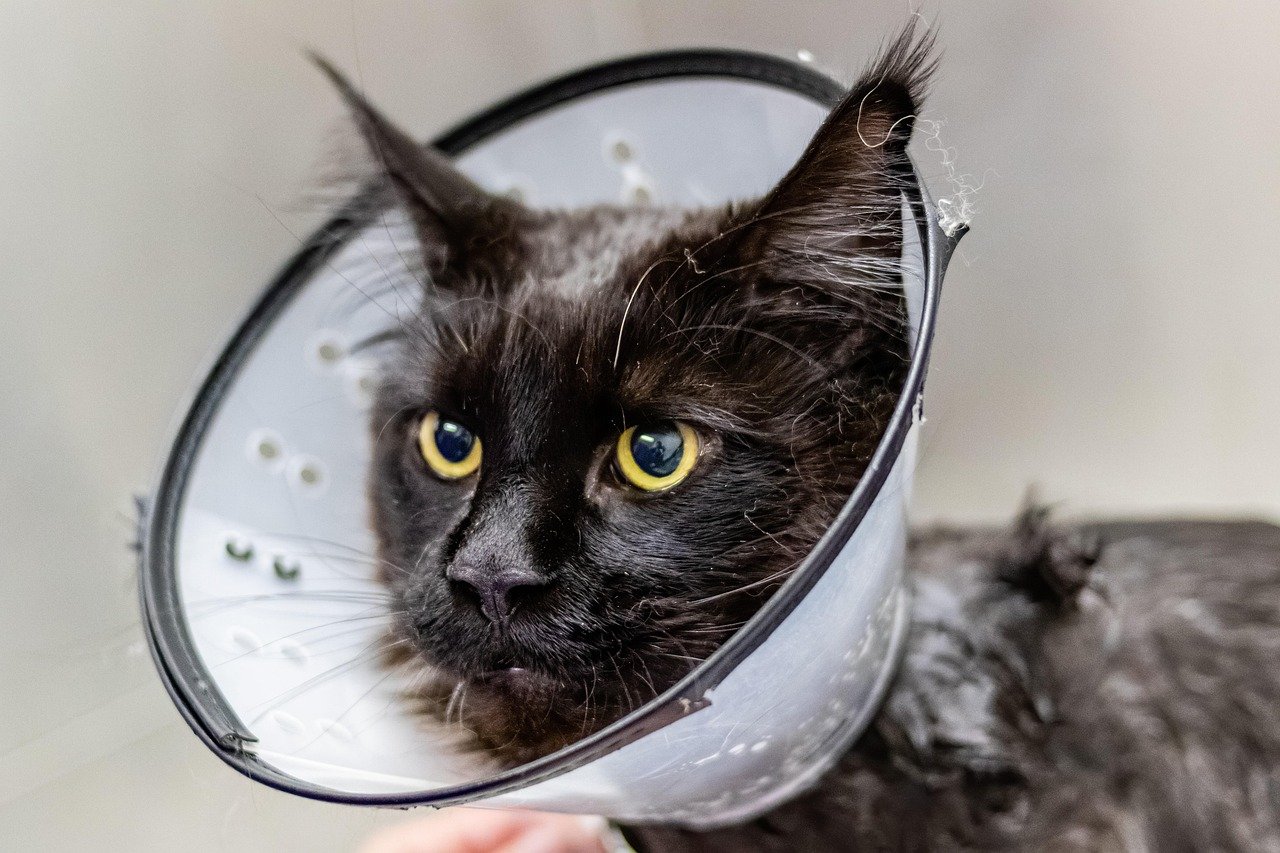Imagine if every single day, your cat greeted you with a quiet purr and soft, trusting eyes—no fear, no anxiety, just pure contentment. For many cat lovers, there’s nothing more heartbreaking than seeing their feline friend hide under the bed or flinch at sudden movements. The good news? You can turn your home into a sanctuary where your cat feels protected, cherished, and emotionally secure every day. Let’s explore the heartwarming ways you can create an environment that reassures your cat’s sensitive soul and deepens the unique bond you share.
Understanding Your Cat’s Emotional World

Cats are astonishingly sensitive creatures. Their feelings often run deeper than we realize, and their behaviors are windows into their emotional world. A cat’s purr, for example, isn’t just a sign of happiness; sometimes it’s a call for comfort. Recognizing these subtle cues is the first step to providing emotional safety. Watch how your cat reacts to changes, loud noises, or even the arrival of visitors. Each response is a clue to what makes them feel secure—or unsettled. By tuning into their body language and vocalizations, you can start to anticipate their needs and respond with compassion.
Establishing a Predictable Routine

Cats thrive on predictability. Sudden changes can make them anxious or withdrawn. By creating a daily routine—regular feeding times, play sessions, and quiet moments—you help your cat know what to expect. This sense of order gives them confidence in their environment. Simple things like feeding at the same time every day or maintaining consistent bedtime rituals can make an enormous difference. Over time, your cat will relax, knowing that their world is safe and reliable.
Creating Safe Spaces in Your Home

Every cat needs a refuge—a place where they can retreat and feel protected when the world gets overwhelming. This could be a cozy bed tucked into a quiet corner, a covered cat cave, or even a high perch on a cat tree. Make sure these safe spaces are always accessible and free from disturbances. Some cats prefer hiding spots with a good vantage point, while others like enclosed areas where they feel invisible. Observe your cat’s preferences and adjust their environment to match.
Minimizing Loud Noises and Sudden Movements

Cats have sensitive hearing and can be easily startled by unexpected sounds or quick movements. Vacuum cleaners, thunder, or even a dropped pan can send them running for cover. Try to minimize loud noises around your cat and move calmly when they’re nearby. If noisy events are unavoidable, provide your cat with their favorite hiding spot and stay close by to offer reassurance. Remember, a calm demeanor from you can help signal to your cat that everything is okay.
Respecting Your Cat’s Personal Space

Unlike dogs, cats often value their independence and personal boundaries. Forcing attention or picking them up when they’re not ready can cause stress and erode trust. Instead, let your cat come to you. Offer a gentle hand for sniffing and wait for them to initiate contact. If they walk away, respect their choice. This patience shows your cat that you honor their feelings, building a foundation of trust and security.
Providing Consistent Positive Interactions

Positive interactions—gentle petting, soft words, or quiet companionship—can help your cat feel loved and safe. Take time each day to engage with your cat on their terms. Use a soothing voice and gentle touch, especially if your cat is shy or nervous. Over time, these small acts of kindness will teach your cat that you’re a source of comfort and security.
Offering Mental Stimulation and Enrichment

A bored cat is often an anxious cat. Provide plenty of toys, puzzle feeders, and opportunities for play to keep your cat’s mind engaged. Rotate toys regularly to keep things exciting and introduce new games to stimulate their curiosity. Enrichment doesn’t have to be expensive—a simple cardboard box or a crumpled piece of paper can provide hours of entertainment. Mental stimulation helps your cat feel confident and fulfilled.
Ensuring Socialization at Your Cat’s Pace

Socialization is important, but it needs to happen at your cat’s comfort level. If your cat is shy, introduce new people or animals gradually and never force interactions. Allow your cat to observe from a distance and approach when ready. Encourage gentle interactions with treats and praise. The goal is to help your cat associate new experiences with positive outcomes, never fear.
Handling Changes with Care

Big changes—like moving, new pets, or even rearranging furniture—can unsettle a cat. Prepare your cat for changes by introducing them slowly and maintaining as much of their routine as possible. Offer extra reassurance and patience during transitions. If you’re moving, set up a special room with familiar items to help your cat adjust. Your calm presence will help your cat feel safe through any upheaval.
Using Calming Aids When Needed

Sometimes, even with the best intentions, your cat may need extra help to feel calm. Pheromone diffusers, calming treats, or special sprays can help soothe an anxious cat. Always consult with your veterinarian before introducing new products. These aids can be especially helpful during stressful times, like thunderstorms or vet visits, giving your cat an added sense of security.
Practicing Gentle Handling and Grooming

Many cats are sensitive to touch, especially in unfamiliar situations. Make grooming and handling sessions calm and positive by using slow movements and plenty of praise. Use treats to reward cooperation and stop if your cat becomes anxious. Over time, gentle handling will help your cat feel comfortable with being touched and cared for, reinforcing their trust in you.
Recognizing and Reducing Triggers

Every cat has unique triggers—things that make them feel scared or uneasy. It could be a particular sound, a certain type of touch, or the presence of strangers. Pay close attention to your cat’s reactions and try to minimize exposure to these triggers whenever possible. If you can’t avoid them entirely, offer extra comfort and reassurance. Understanding your cat’s triggers is key to making them feel truly safe.
Encouraging Healthy Play and Exercise

Physical activity isn’t just good for your cat’s body—it’s essential for their emotional health too. Regular playtime helps burn off excess energy and reduces stress. Use interactive toys like feather wands or laser pointers to mimic hunting behaviors and keep your cat engaged. Even older cats benefit from gentle play sessions. Play is also a great way to build trust and strengthen your bond.
Keeping the Litter Box Clean and Accessible

A dirty or poorly placed litter box can cause anxiety for even the most laid-back cat. Scoop the litter box daily and change the litter regularly to keep things fresh. Place the litter box in a quiet, low-traffic area where your cat feels safe. If you have multiple cats, provide enough litter boxes to prevent competition and stress. A clean, accessible litter box is a simple but powerful way to make your cat feel secure.
Offering High Perches and Hiding Spots

Cats love to observe their world from above. High perches and cat trees give your cat a sense of control and safety. If you don’t have a cat tree, clear a space on a sturdy shelf or windowsill. Hiding spots, like covered beds or boxes, offer privacy and security when your cat needs a break. By giving your cat vertical space and cozy hideaways, you help satisfy their instinctual need to feel safe.
Building Trust Through Patience

Trust isn’t built overnight—it’s earned through patience and understanding. If your cat is timid or fearful, give them time to adjust at their own pace. Avoid punishment or scolding, which can damage the relationship. Instead, reward positive behaviors with treats and affection. Celebrate small steps, like coming out from hiding or sitting on your lap. With time and patience, your cat will learn that you’re a safe and loving presence.
Providing a Consistent and Nutritious Diet

A healthy diet not only keeps your cat physically well but also supports emotional stability. Feed your cat high-quality food at regular times each day. Sudden changes in diet can cause stress or digestive upset. Monitor your cat’s eating habits and consult your vet if you notice changes. Consistency in feeding routines helps your cat feel secure and cared for.
Giving Your Cat Choice and Control

Cats feel safer when they have some control over their environment. Let your cat choose where to sleep, when to play, and how much interaction they want. Avoid forcing them into situations they’re uncomfortable with. Providing options—like different beds or toys—lets your cat express their preferences and feel empowered in their own space.
Maintaining a Calm and Positive Home Atmosphere

The emotional climate of your home has a huge impact on your cat. Loud arguments, chaos, or tension can make your cat feel uneasy. Try to keep the household calm and positive, especially when your cat is around. Use soft voices and gentle actions to create a peaceful environment. Your cat will pick up on your emotions, so staying calm helps them feel safe too.
Monitoring Your Cat’s Emotional Health

Pay close attention to your cat’s mood and behavior. Changes in appetite, grooming habits, or social interaction can signal emotional distress. Don’t ignore signs like hiding, aggression, or excessive vocalization. If you notice any worrisome changes, consult your veterinarian to rule out medical issues. Early intervention can help address emotional problems before they escalate.
Celebrating Your Cat’s Individuality

Every cat is unique, with their own likes, dislikes, and personality quirks. Celebrate what makes your cat special and embrace their individuality. Some cats crave attention, while others are independent. By honoring their preferences and respecting their boundaries, you show your cat that they are loved for who they are. This unconditional acceptance is the foundation of true emotional safety for your feline companion.
Hi, I’m Bola, a passionate writer and creative strategist with a knack for crafting compelling content that educates, inspires, and connects. Over the years, I’ve honed my skills across various writing fields, including content creation, copywriting, online course development, and video scriptwriting.
When I’m not at my desk, you’ll find me exploring new ideas, reading books, or brainstorming creative ways to solve challenges. I believe that words have the power to transform, and I’m here to help you leverage that power for success.
Thanks for stopping by, Keep coming to this website to checkout new articles form me. You’d always love it!





